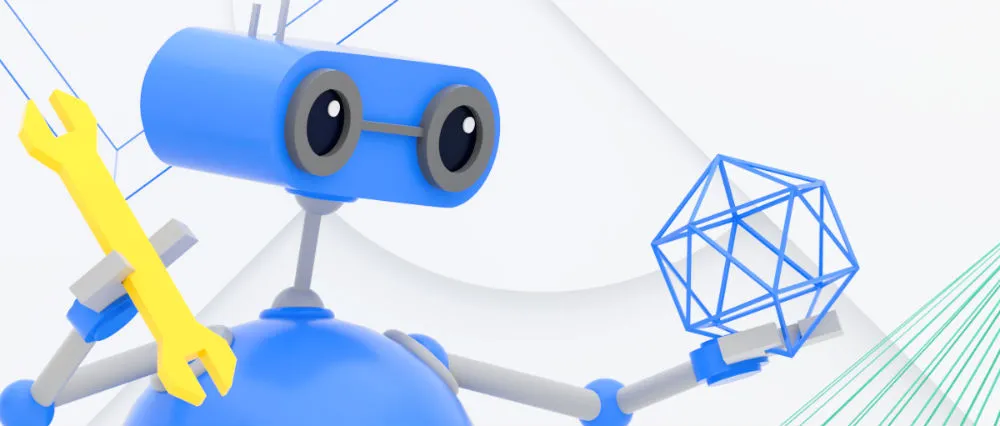Google is taking its biggest step yet toward becoming an important service provider for immersive computing.
The company’s latest move allows people using development software like Unity and Unreal to easily bring 3D objects into their projects from a growing crowdsourced library. Earlier this month Google launched Poly, a repository for objects and scenes created in VR apps like Tilt Brush and Blocks. With its newly launched interface, Poly also becomes a library that’s easy to pull from for a variety of innovative VR creativity apps like Mindshow, Normal, TheWaveVR, AnimVR, Unity EditorXR, High Fidelity and Modbox.
The takeaway? You can now intuitively create something in one VR app and then use it in another VR app without taking the headset off. That’s a big step on VR’s path toward becoming the next platform for personal computing.
What’s The Big Deal?
Think of the way someone might save documents to their desktop and then use pagination software to turn them into a magazine, or how you capture a video and then use an editing program to turn it into a movie with snazzy transitions. When it comes to 3D immersive computing — sometimes called the “final platform” because we interact with it so naturally — there’s no similar process for moving work from one app to another without taking off the headset first. That could begin to change with something like Poly.
There is of course a long road ahead and a lot of improvements still need to be made for VR truly to become the final platform for computing. Today, VR is often mistaken for a peripheral device because you can’t do these seemingly simple things. That’s starting to change with Poly. As an example, you could theoretically build a bunch of objects in Blocks, save them to Poly, switch apps and open them up in Mindshow. Then you animate a cartoon tapping into your acting skills and using props you just made a few minutes earlier in VR. This example is a completely different form of content creation compared with 2D magazine design or movie editing and it draws on a new set of skills and talents to do well, but the trend here is crystal clear. VR as a new computing platform is finally starting to emerge.
“Making magic accessible is one of the promises of the medium that Google has now further empowered for the entire VR platform by putting the Poly ecosystem into the world,” wrote Mindshow CEO Gil Baron in an email. “We’re putting out an update for our astronauts with Poly support today and can’t wait to see what gets made!”
The idea with Poly is to make it easy to search, download and bring virtual objects into software ranging from VR and AR apps to workhorse development tools used to create some of the biggest videogames. There are other services like Sketchfab and Microsoft’s Remix that are focused on this same idea, but with this Web-based integration across different apps Google’s Poly might have jumped into a leading position.
“We are already integrated with more than 100 tools as an upload feature,” Sketchfab CEO Alban Denoyel said. “It makes it easier to add a download switch, giving us the potential to be the 3D search bar of all the 3D authoring applications….we are already integrated for download with a few apps.”
Earlier this month, I reported how an artist used a VR-first workflow to build a fully interactive game in just two weeks. That process depended on Unreal Engine’s blueprints, which allows people to add logic and interactivity to a virtual world without requiring knowledge of a programming language. The kinds of VR apps Poly is working with point toward a future in which creation time might be reduced down even further.
Find details about the Poly interface here. It is open to any developer.
Update: Quotes added from Sketchfab and Mindshow.


























